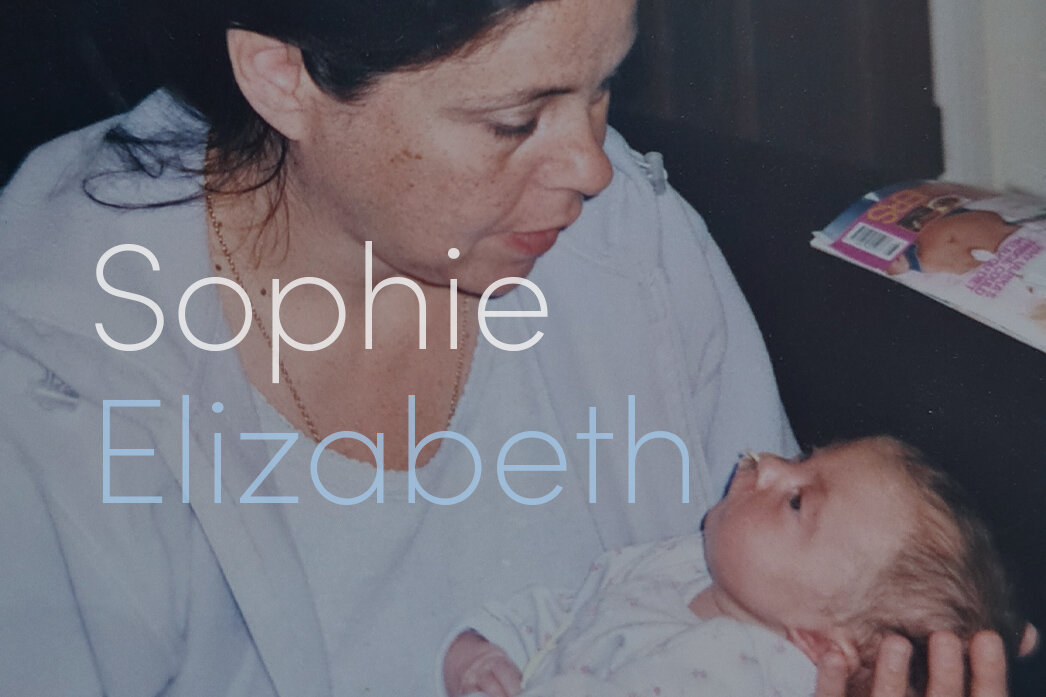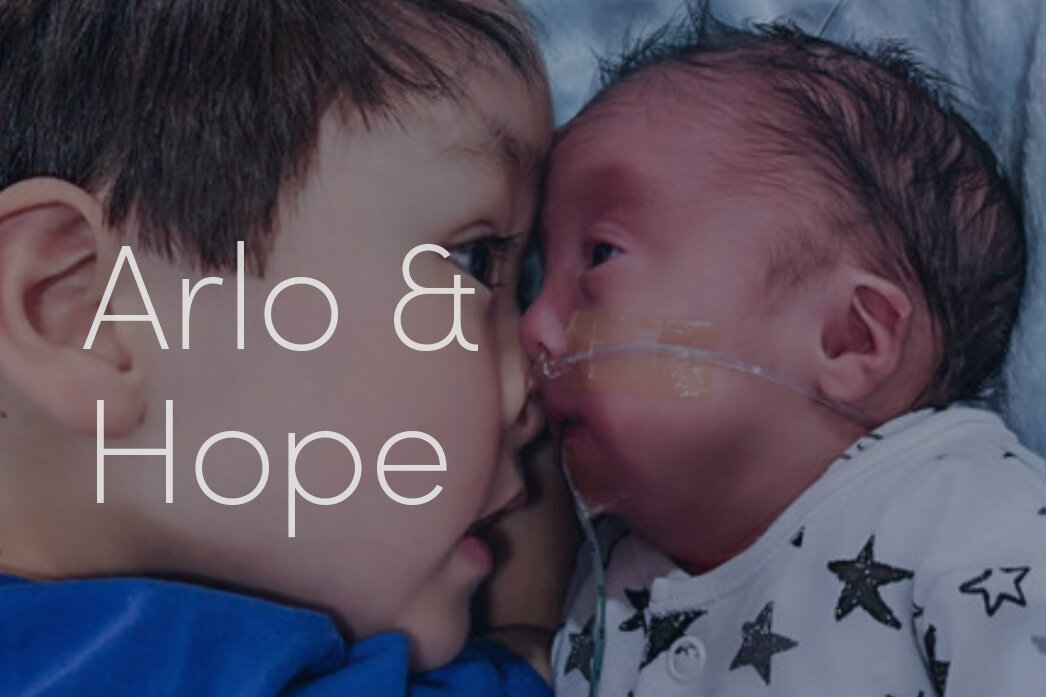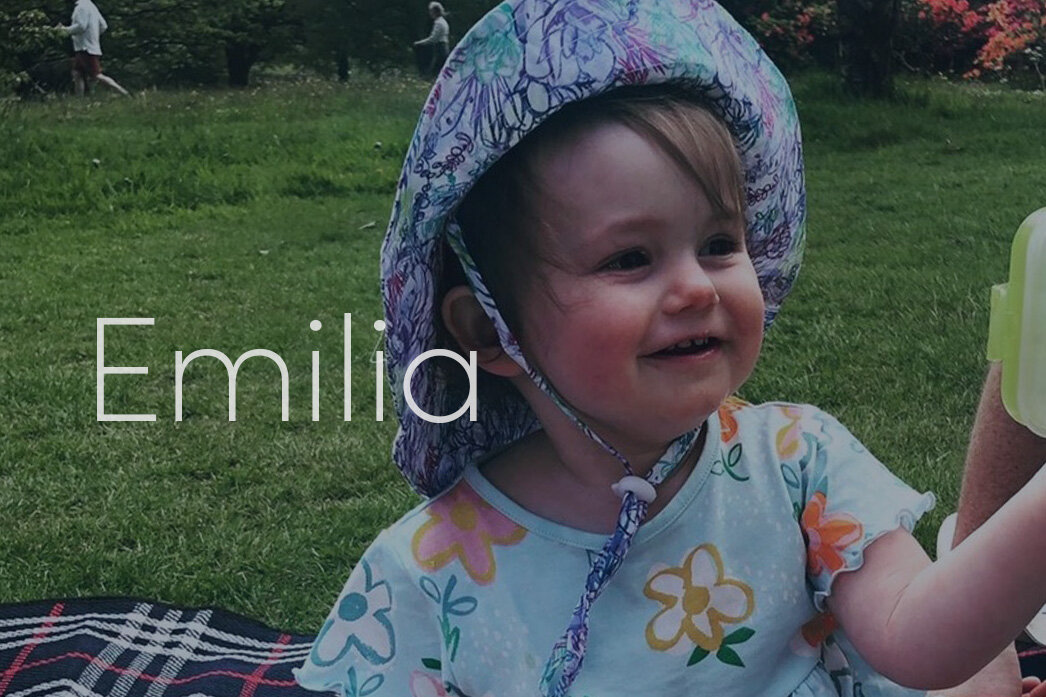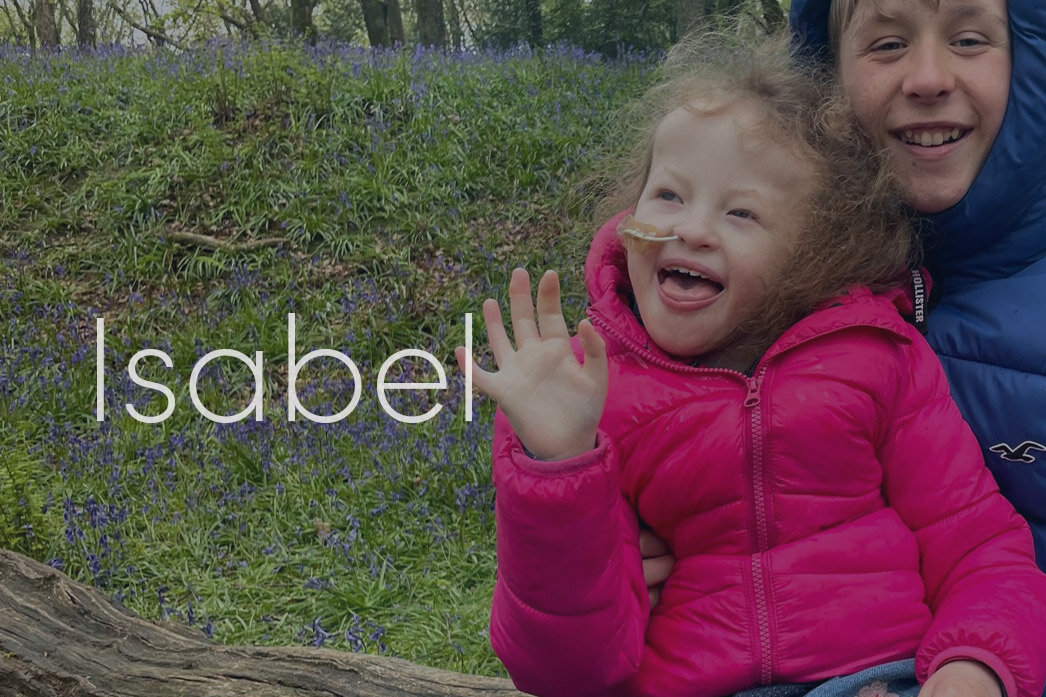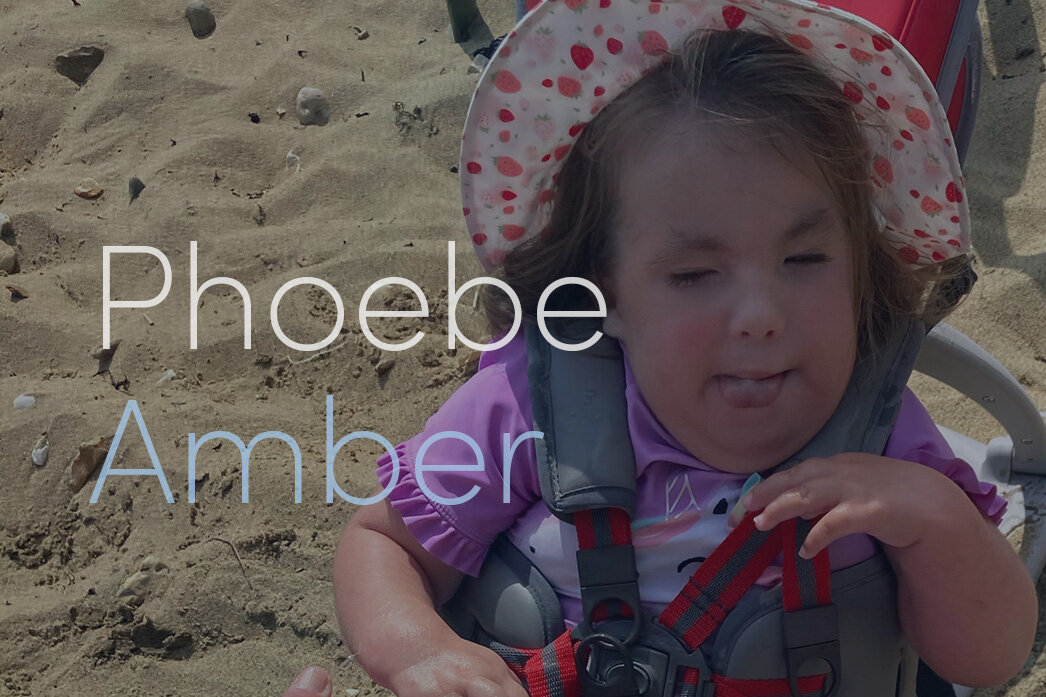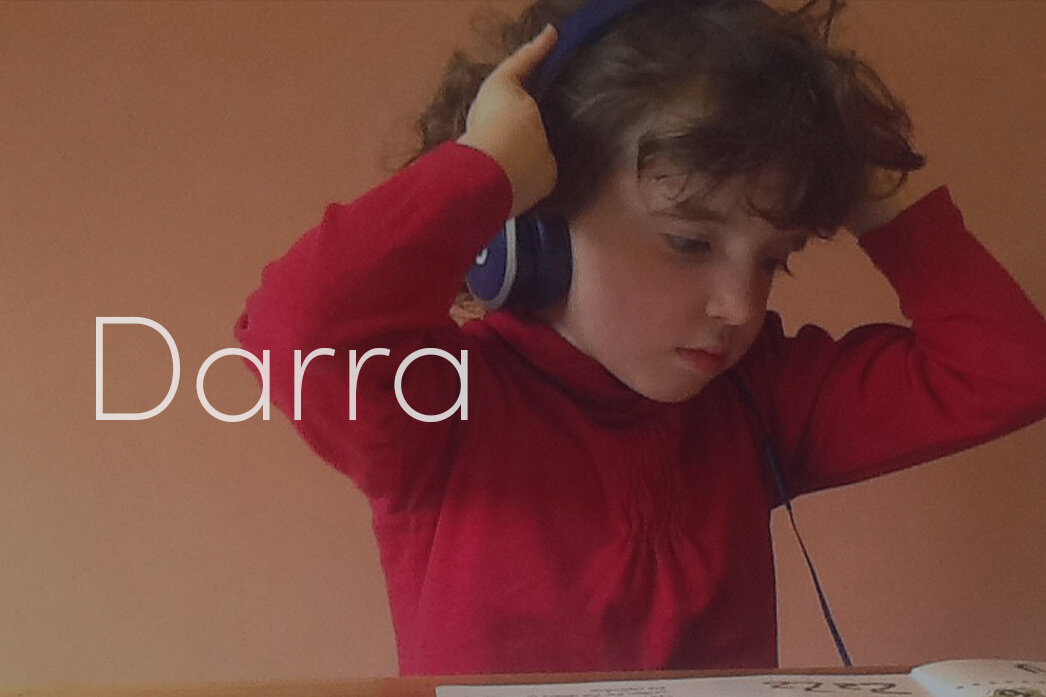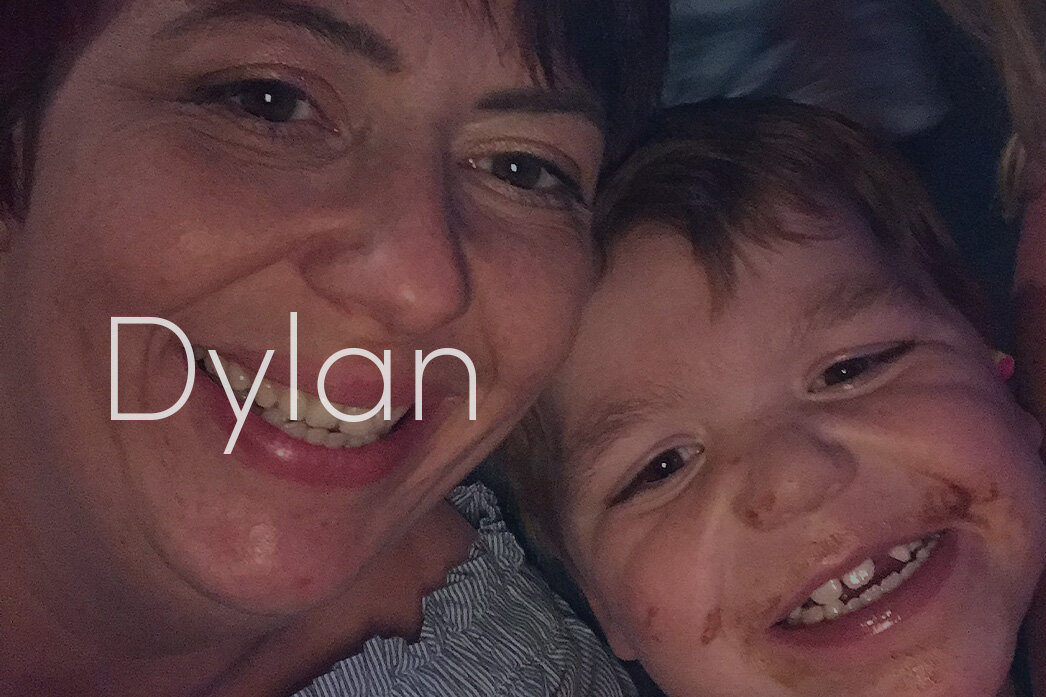She was our first baby.
It was a normal pregnancy. I had extra scans because I was a gestational diabetic. On the 32-week-scan, the sonographer noticed a shadow on her head and she was measuring a bit small for her gestational age. My husband and I are both really tall so it was unusual that she was so small. There was also some resistance in the flow down from myself to the placenta. They told us to come back in two weeks’ time and they would scan me in between. I felt quite reassured, though the doctor did ask if I would terminate if they found something wrong. I said no.
After two weeks, they measured her again and she hadn’t grown. I had wanted a vaginal delivery which the fetal medicine team said I could have, but now, having done research of my own, I realize that for a baby with Edwards’ Syndrome it’s incredibly dangerous and few survive the birth.
Margot was fine after the birth but, because of her size, they had told me that she would be whipped away, so I was prepared to not expect all the typical skin-to-skin contact and that she might spend some time in NICU (Neo-natal Intensive Care Unit).
It was very exciting when she was born.
It was a lovely surprise knowing she was a girl and I had one tiny peek at her before she got taken away. Jamie was showing me photos of her and there was still no suggestion that she might have Trisomy 18. I’d spent the day before expressing and asked Jamie to make sure she had it. I was feeling on a high and so proud of myself that I’d just delivered a baby, then Jamie came back in with the doctor. She was quite young and she looked ashen and Jamie looked terrible. They both came either side of the bed and I just said: “What’s happened, what’s happened?”. The doctor wasn’t particularly forthcoming and she just looked ill, so my immediate assumption was that Margot had died. On reflection, the doctor didn’t handle the situation and raising her concerns at all well. She was talking really quietly so I couldn’t hear her. She said there were a few things concerning her without giving any detail or reassurance and then she swiftly left.
I was wheeled down to see Margot at the incubator. Jamie had noticed that she had all the physical features of what we now know to be typical of Edwards’ Syndrome. She was so tiny and covered in tubes and wires. At no point did anybody say “This is your lovely daughter. Do you want to hold her?”. We were just left there alone and in shock. Also, Jamie and I couldn’t be at the incubator together because of Covid, which was really traumatic and distressing. That was her welcome into the world.
We went back upstairs and they’d packed all of my bags for me.
We were a bit stunned. We decided that we should name Margot, just in case the worst was to happen. We could sense that it was not good. They were going to take me down to the ward with other mums and babies but I said: “I can’t go there without my baby”.
At 11pm, I had an overwhelming desire to go and see Margot, to be with my baby. A nurse on the ward asked if I’d like to hold her. Everything was just strange and she didn’t feel like ours, I was grieving for the child we thought we were going to have.
They suspected that Margot had something chromosomal and did some genetic tests. When you see the list of typical features of a child with Trisomy 18, it would be easier to tick the ones that Margot didn’t have! We got the results after a 10 day wait. They sat us down and we just knew it was bad news. The senior consultant looked very somber and the nurse sat next to me with the tissues. The doctor had a print-out from the internet, an A4 bit of paper, and he said: “I’m really sorry, it’s not good news. Your daughter has Trisomy 18, Edwards’ Syndome’’. He said it was a life-limiting condition and few children live beyond their first birthday.
Edwards’ Syndrome wasn’t on my radar.
I knew she was going to be disabled and developmentally delayed but neither of us thought that she might have something that was life-limiting. That was a complete shock. The hospital was really good though following her diagnosis, she had her own little VIP room and family were allowed to visit. And then we were lucky enough to take her home.
We were put in touch with a hospice who helped us with the resuscitation discussions and put a plan in place. I’d looked at the SOFT website and read a blog by a mum whose daughter is nearly 5. I was thinking, ‘there is hope, she’s survived birth and we’re going to get her home’.
At times, however, I did feel that she was slightly sidelined – neither the speech & language therapist nor the hearing test person came. Keeping her breathing was more important, but I felt those things got overlooked and it would have been nice to know if she could hear us and have the opportunity to feed.
I checked out of hospital early.
I couldn’t be with Margot so it felt purposeless to be in the maternity ward without her. But coming home, leaving without your baby is not normal. It was so hard to leave her. I remember going to sleep crying, with that deflated pregnancy tummy but she wasn’t in her bed next to me either. That was really hard. I’d go to the hospital, stay all day, come back to have dinner, express more milk, go to bed and then do the same the next day. It was like time had stopped. Then we got her home and that was lovely. We could finally be proper parent to her.
I believed Margot was going to be an exception to all the statistics we’d been given and looked at moving somewhere bigger to house her equipment and had a Pinterest board for a sensory room I was going to build for her. We did manage to have a ‘welcome to the world’ picnic for her with all our family and friends because, in the back of my mind, I thought she might not get a Christmas or first birthday party. It was a special day and I’m so glad that we did it. We told our family about Margot’s Trisomy 18 diagnosis, but I initially asked them not to tell anyone. I wasn’t ready for other people to have any pre-conceived ideas about her and I wanted her to be treated as she was, a lovely little newborn.
I do wish the doctors had been honest from the start. I think the false hope just prolonged it and it doesn’t seem good practice to suspect but not share. Perhaps they didn’t know, perhaps they do need better education.
We were at home when she died and she went peacefully.
She was restless that morning and we called the doctors to say something didn’t feel quite right but we didn’t think this was the day she was going to die. The hospice nurse wasn’t going to come and then at the last moment she said she would. I think, being very intuitive and good at her job, she just had a feeling. We’d given her medicine to make her comfortable so she wasn’t in pain when she died. Gradually, her breathing got lighter and lighter and her heart got fainter and fainter and then she was gone. It was very strange.
It was late afternoon when she died. The nurse told us that she could stay at home with a cold blanket or she could go to the funeral directors or hospice. Jamie and I wanted different things. I wanted her at home, but Jamie couldn’t do that. I did put my foot down and he was very gracious in respecting that that was my decision. The hospice organized for a cold cot to be brought to us. We told our family and then we had this really weird moment where we cooked dinner like it was normal, put her in her baby bouncer, sat in front of the TV and ate dinner with her. It was strange, but really nice. Jamie did one of the most touching, lovely things he’s ever done – he snapped off two flower buds from a vase and tucked them either side of her.
She died on 4th September and we buried her a week later. In the early days, it was intense grief and shock. In the New Year I felt quite upbeat, thinking I was handling it well but then it goes downhill and comes back at the most unexpected times.
After she died, Jamie and I coped very differently.
I threw myself into her funeral and was always doing a project connected to Margot - printing her pictures, making her memory box, almost quite rapidly like it had to all be done now.
I have to emphasize, we love Margot and it’s the saddest thing ever, but I feel like the actual moment when she died wasn’t the worst bit of the whole experience. Her diagnosis, the bit after her birth and where we are now is far more painful.
Margot was gorgeous. She was super tiny, with great big eyes and always looking around. You felt really special if she caught your gaze or you were able to snap a photo of her looking at you. She had dark hair and she was really bald on the top but this mullet of black hair around the back. She had a tiny, tiny clenched hand and she had one little finger that was bent and we called it her hooky finger. She was just so beautiful. She was perfect.
Read the other Stories in the ‘You’re not Alone’ Exhibition
Gratefully supported by:











